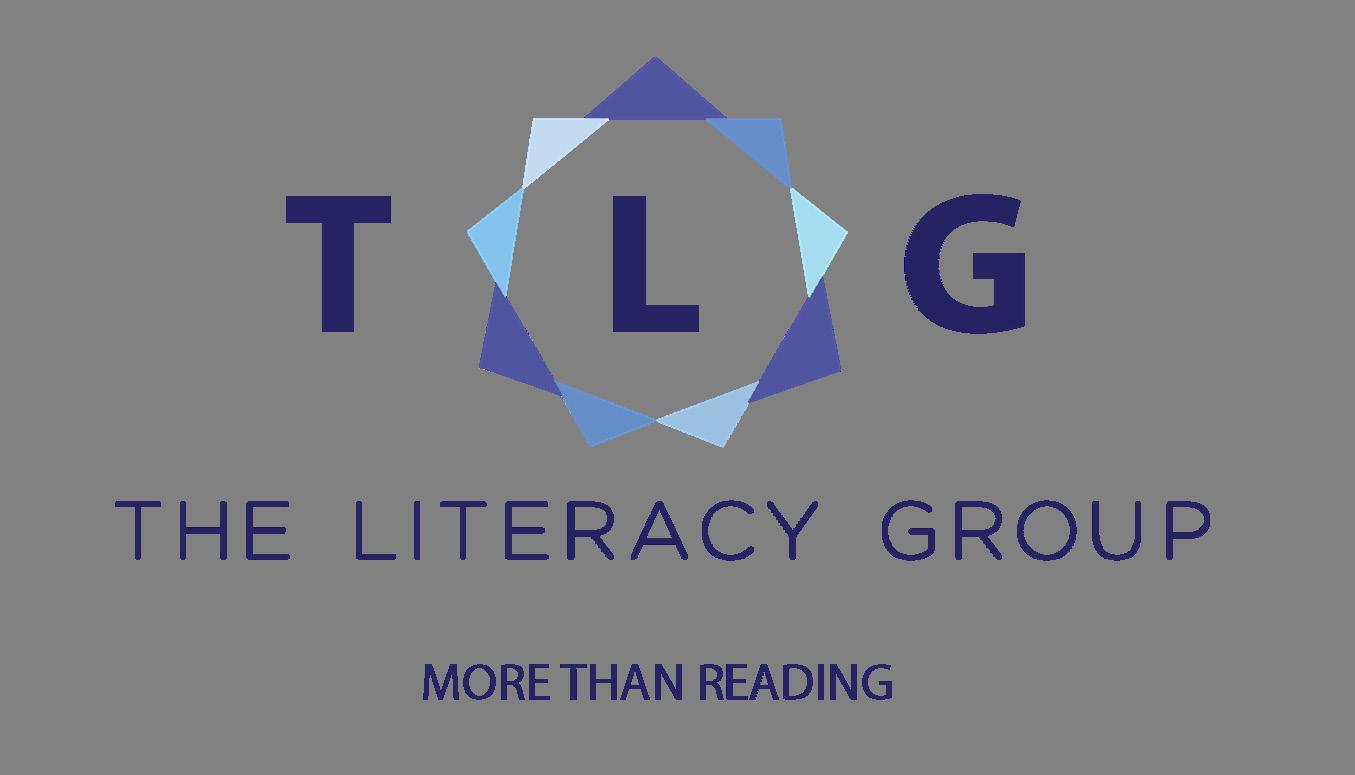
5 minute read
The Literacy Group: Facilitate Contacts Between LBS Programs and Businesses
The Literacy Group :
Advertisement
Chris Prosser is the Executive Director of The Literacy Group, a LBS provider located in the Waterloo Region.
HOW DID YOU START 10 YEARS AGO? WHAT KIND OF TRAINING WERE YOU PROVIDING AND HOW DID YOU MORPH INTO A SOCIAL ENTERPRISE PLATFORM?
Even though the start of onsite training predates me, the first opportunities TLG had with this type of training was through the smaller businesses of volunteer tutors. A lot of volunteer tutors are professionals who own their small to medium-sized companies and as they knew of the importance of skills upgrading and what TLG did, conversations and programs were soon arranged to have TLG come into their company and upgrade smaller groups of employees whom they recognized as being in need of literacy training. The kind of training provided back then was to support the specific responsibilities of the group of employees and was most often basic literacy using actual workplace documents. However, what was noticed very early in all the programs was the increase in engagement and contribution from the employee’s day-to-day basis.
From the success of these programs, all we needed was an opportunity. More of the similar smaller programs through volunteers and learner employees. In 2019, TLG was successful in a grant project with a local refugee support organization and local manufacturing businesses where we formed the delivery model we use today. YOUR BUSINESS PLAN DERIVED FROM A SWOT1 ANALYSIS OF YOUR STRENGTHS AND WEAKNESSES. WOULD YOU RECOMMEND ANY NON-PROFIT LBS PROVIDER TO DO THAT ANALYSIS AS WELL?
I think any LBS provider needs to look hard and realistically at its limits and capacity. The process to work with new unchartered territory with a for profit was exciting and rewarding, but involved a lot of organizational learning, consumption of time and a drain on resources. We found initially that the programs grew quickly and sometimes beyond the budget and resources put in place.
FROM WHAT I UNDERSTAND, THE COMMUNITY NETWORK WAS VERY HELPFUL IN THE RISING OF TLG. IN WHICH WAYS?
Right now, we are very lucky to be working in two corporate networks, one of manufacturing organizations in Ontario and another of senior leaders. To be positioned in these networks have been invaluable and I would recommend any LBS provider to find that regular support when developing this type of program.
1 SWOT is an acronym for strengths, weaknesses, opportunities and threats. A SWOT analysis is useful for the evaluation of the strategic position of organizations and the identification of the internal and external factors favorable and unfavorable to achieve their objectives.

Chris Prosser
TODAY, WHAT KIND OF VOLUNTEERING IS DONE AT TLG? WITH WHAT KIND OF VOLUNTEERS?
We utilize volunteers for one-to-one tutoring, small group instruction, group assistance, resource development and administrative support. We are very lucky to be supported by volunteers from every way of life from retired professionals, past learners to newcomers to Canada looking for some experience.
ACCORDING TO A RECENT SURVEY BY CERIC (NOV-DEC 2021)2, 81% OF CANADIAN EMPLOYERS FIND IT DIFFICULT TO FILL POSITIONS IN THEIR COMPANY AND 62% OF THEM WOULD BE LIKELY TO HIRE SOMEONE WITH SOFT SKILLS WHO IS A GOOD FIT AND PROVIDE TRAINING. WHAT IS YOUR PERCEPTION OF THE LABOUR MARKET TRENDS IN THE WATERLOO REGION?
Very similar, and we have heard this directly from some of the region’s biggest manufacturers and employers. We also hear some genuine concern that there will not be the amount of skilled workforce to support the demand over the next 10 years as well as now.
From the conversations we have had, turnover is still an issue in the region and employers are eager to try new things to make themselves stand out and maintain staff. There is certainly a real goal among local employers to empower the workforce with the skills they need to become more stable and independent. In addition to this, these same manufactures are looking to new efficient methods of supporting employees to grow and for the front-line team to move into middle management and increase their contribution to the company. Finding potential to fill areas and have experienced staff ready to work with the next generation of employees. There was a lot of interest in some of the additional programs we ran such as training supervisor staff to work with low skilled employees in a mentoring role or the provision of sensitivity training and skill set to work with low English-speaking adults. This was very positive to hear, and reflective of the attitudes employers have to make a difference.
WHAT DO YOU THINK COULD FACILITATE CONTACT BETWEEN LBS AND CORPORATE FOR PROFIT? AND IMPROVE THE VISIBILITY OF LBS PROVIDERS TO EMPLOYERS?
It has been our experience that employers are happily surprised that LBS services are free and accessible to adults in the community. When we discuss how these services could be made available to their staff on site within work time, particularly for staff they recognize as having basic skill gaps, they are very motivated to make something happen. The chemistry is there and the partnership is a natural one. The barrier is LBS visibility in the corporate field. What TLG discovered was that first we needed to develop messaging that was more relatable to for profit. We discovered we had different languages and we had to change our messaging rather than educating them on our acronyms and terminology. Once our language was more neutral, we used it to develop a more common mission statement with a more corporate training angle. A big funder was that they were using a community-based organization and that they could share this partnership which was a big benefit for them. We then created a delivery model with actual success examples and then discussed pricing. The contact needs to be one of listening and development of partnerships, rather than selling of a product. Once all this is in place, it is a matter of using all our networks, donors, volunteers… basically everyone we have, to promote our goal and provide our contacts and friends with simple steps on what they can do to help us become more visible.
WHAT ARE YOUR METHODS OF APPROACHING EMPLOYERS?
We are developing a plan for this and as we are a smaller LBS provider, which is to start within our own network marketing our services and start small but successfully. Any good relationships are formed through positive referrals and word and mouth, which is what LBS providers do very well. As this is the case, we want to shoot bullets before cannibals and go for the gradual approach rather than a big push into the market.
We have done a considerable amount of work to profile whom we want to do business with and what questions to ask to find them. We look for what the employer can provide to support the training, such as paid time. Is the training location secure, accessible and not prone to being double booked? Are there clear


